When Pogroms Returned to Eastern Europe
"They dragged the women and children out by their hair"
On the morning of the 12th of April 2014, a group of 50 heavily-armed men, uniformed men led by FSB Colonel in retirement Igor Girkin and curated by his associates in the GRU crossed the border into Ukraine. After arriving to the transport hub of Sloviansk, they linked up with local collaborators. As they were preparing for their next move, two local policemen saw them. They were promptly beaten and taken prisoner. One was given a phone to call the city’s police chief to negotiate the cops’ release; once the police chief arrived, he too was taken prisoner.
Girkin’s group linked up with several hundred local collaborators, who were mostly armed with melee weapons. As a first step in taking over the city, the police precinct itself was attacked:
The collaborators were armed with weapons from the police arsenal and put to work building barricades, while Girkin’s group moved out to secure the City Council and the local SBU (Security Service of Ukraine) headquarters. Later that day they also attacked the police station in neighbouring city of Kramatorsk, though they didn’t have the manpower to leave a garrison there.
The Mayor of Sloviansk, an odious pro-Russian politician Nelya Shtepa, arrived to the scene as soon as she could. She brought flowers to the militants, and through loudspeakers announced that they were the representatives of the “Donetsk People’s Militia.” In the next several days she worked with the militants, but on the 15th she was accused of being a spy for the Ukrainian nationalist group “Right Sector” and imprisoned in the basement of the SBU building.
Girkin appointed a new mayor: an obscure petty criminal named Vyacheslav Ponomaryov. Though he was the mayor, he remained one of Girkin’s creatures, and followed his orders. Ponomaryov quickly gained media attention: he called on Vladimir Putin to send troops to Sloviansk, saying that Kyiv had been taking over by “Nazis and homosexuals.” At another conference, he implored the city’s residents to report on anyone who speaking Ukrainian, ostensibly to detect spies.
Girkin and Ponomaryov were involved in the kidnapping of Volodymyr Rybak, an actively pro-Ukrainian city councilor in the neighbouring city of Horlivka, which, like many other towns, was taken over by other armed groups in tandem with the capture of Sloviansk and utilizing the same strategy.
Rybak organized a pro-Ukrainian protest on the 16th and then, with a few followers, headed out to the City Council to speak with the mayor. On the steps to the City Council, an altercation developed between Rybak and a few activists accompanying him and the local supporters of the new regime. This is when the GRU officer Igor ‘Bes (Demon)’ Bezler called on one of his subordinates to go and deal with the issue. Rybak was apprehended by masked and camouflaged men and dragged into a vehicle, whick took off towards Sloviansk. There, Rybak was tortured and killed in the basement of the captured SBU building.
Igor Girkin made a call to Ponomaryov complaining about the smell of Rybak’s rotting corpse, asking why the hell it was still there. Ponomaryov told him that he was going to solve the problem once he dealt with a group of journalists whom his militants apprehended. The bodies of Rybak and two other murdered activists were thrown into a nearby river. We know all this due to intercepted phone calls, which were published by the SBU and which I translated below:
On the 19th, Ponomaryov announced that an operation to counter drug trafficking was launched. In fact, it was only an excuse for the militants to attack the local marginalized Roma community. The first pogroms occured in the Roma settlement near the train station. The militants attacked those on the streets, beat men and women alike, destroyed and stole property, and set fire to much of the Roma camp. Local doctors refused to treat the injured in fear of retaliation from the terrorists.
Pavel, one of the witnesses, described how "They were armed and shooting into the air, the windows and doors, breaking into all the hiding spots. They shouted “give us your money, all the gold and drugs." They shot a family dog right then and there to demonstrate that they are serious."
"My friend got a phone call that his wife and kids were dragged out of their house. So he drove there. When he tried to take his kids away from the bandits, they shot him in the leg. From that day on the militants began driving Roma out of their homes to take them for themselves."
The pogroms worsened the already heavy refugee problem, especially as the fighting intensified. The Roma community was broken up. The families went where they could: there was very little state support for refugees, and especially for the Roma against whom there still was much prejudice.
A particularly tough fate awaited those who had to flee to Russia. There the discrimination they experienced from locals was extreme, they were harassed by state institutions and the police, and like the rest of refugees, had to build their lives anew - quite literally, with many cobbling together huts to live in.
According to Ukrainian regional administrations, around 2000 Roma refugees fled to the neighbouring Kharkiv and Zaporizhzhia Oblasts. They were only a part of the broader refugee crisis, worsening by the day, and had to contend with others to receive support. Many lived in tent towns in absolute poverty, having fled with only what they could carry.
But many did receive help both from regular Ukrainians or other refugees out of solidarity for their shared experience, as well as various NGOs. A Roma NGO in Zaporizhzhia, "Chirikli," helped organize evacuations and food and other support. "Everyone worked quick. Volunteers had info about housing, where there is water, where there isn't, where they will have to pay rent, and where they won’t. From then on it was the Red Cross helping them."
The pogroms against the Roma continued in Sloviansk until the entire community was gone. After the city's liberation in July 2014, many returned, but they were without doubt scarred - often physically - and traumatized. Before retreating, Girkin’s militants looted whatever they could get their hands on, so the refugee families had to, once again, start their lives anew in a city they now hardly recognized.
These pogroms came alongside other forms of outright banditry and war crimes by the Russian militants. Journalists, activists, regular citizens were kidnapped and, in best case scenario, brought to the ‘dungeon’ in the SBU basement. The crimes against humanity only got worse with time: after the liberation of Sloviansk, a mass grave of four Protestants was uncovered. They were killed by one of the militias under Girkin’s control, the “Russian Orthodox Army,” explicitly for their beliefs.
Here is a lengthy Ukrainian report on the refugee crisis of 2014-15 focusing on the experience of the Roma community, while this is a contemporary German article with many details on the earlier pogroms.
Thank you for reading! If you appreciate my efforts to bring all of this information about forgotten Russian crimes and the forgotten stories from the very start of the war, please consider donating at the project’s Buy Me A Coffee page here, share this article, and reply with any questions or thoughts. You can also follow me on Bluesky, where I regularly post relevant tidbits and more.
And of course, please remember that the war whose beginning I outlined here is ongoing, and Ukrainians are fighting for their survival against an enemy for whom crimes against humanity like these are the norm. Consider donating to the Come Back Alive foundation, a Ukrainian NGO that focuses on supporting the army with necessary equipment like drones, organizing training programs, bolstering the air defence for Ukrainian cities, and much more.
Eternal memory to those who were murdered so young, and eternal glory to the heroes.





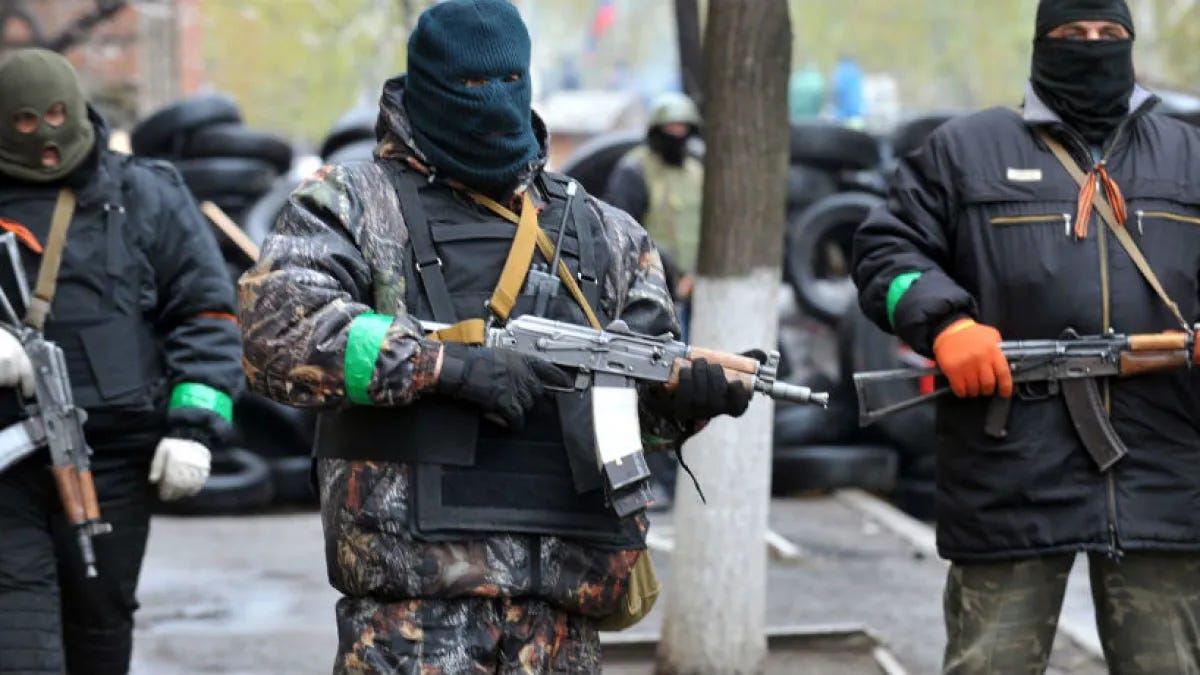
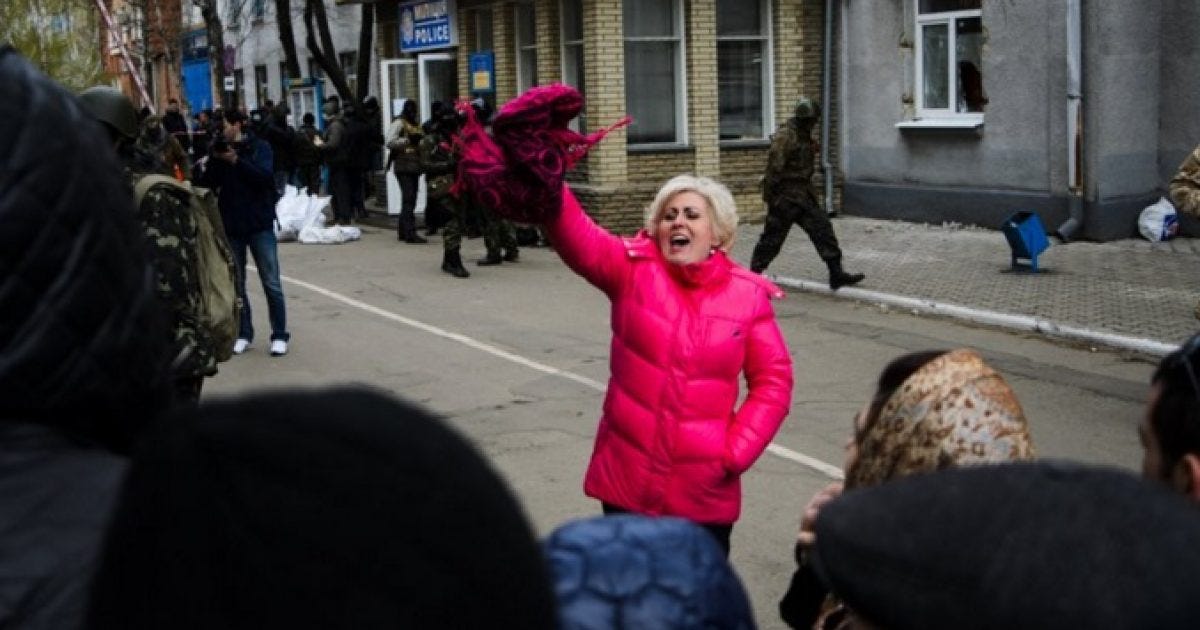
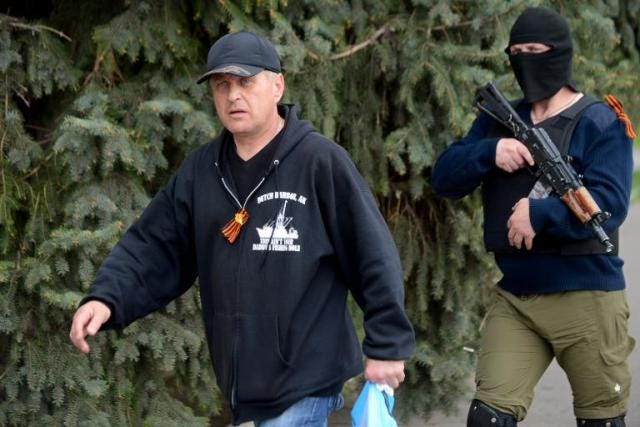

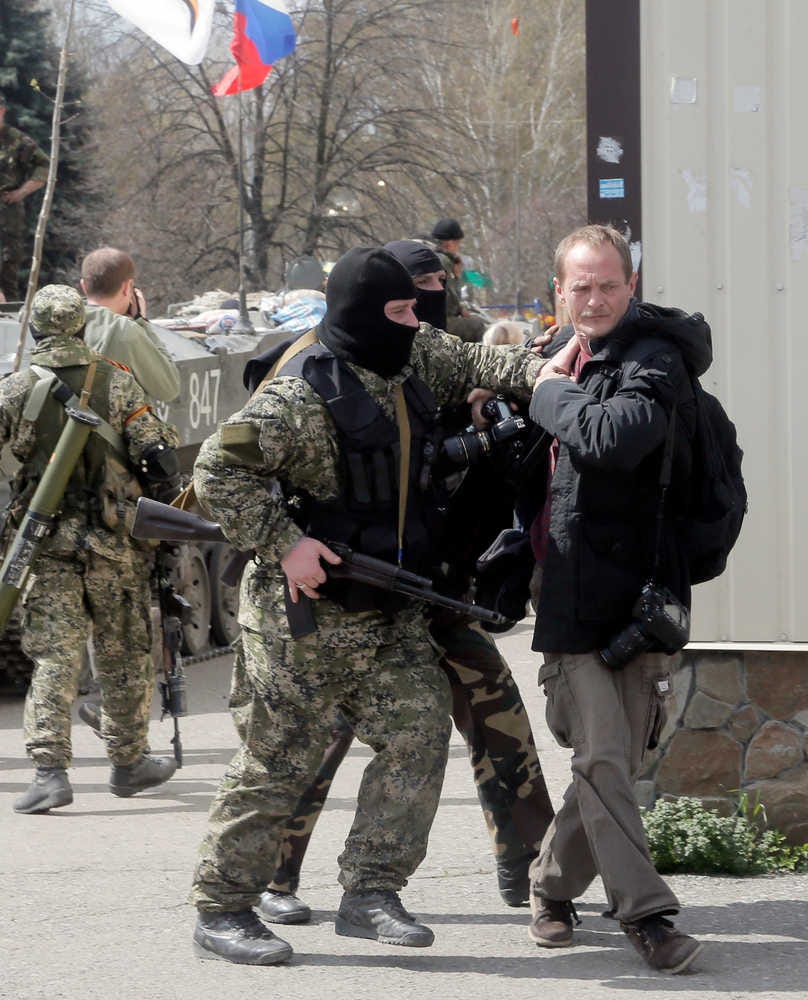



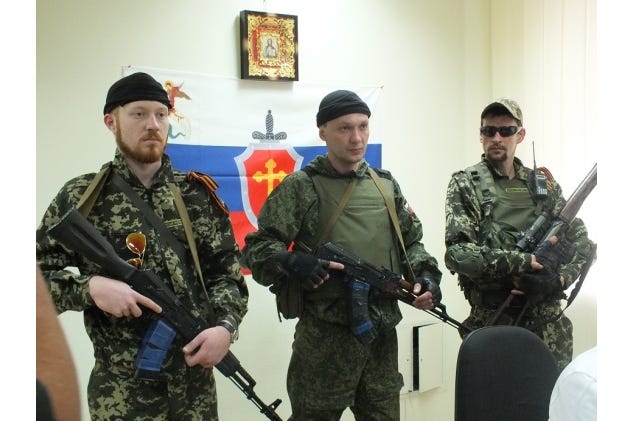
This is a chilling read but valuable description of crimes committed by Russians and their collaborators in Ukraine since 2014.
The invasion of Georgia during the begin opening ceremony is when I was like fuck Russia for real fuck them. Using ultra violence as a state tactic with ethnicly segregated units
But this is a whole other scale.